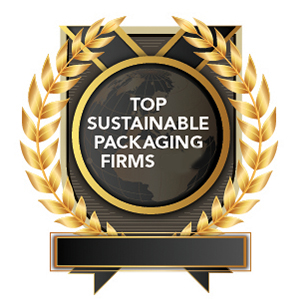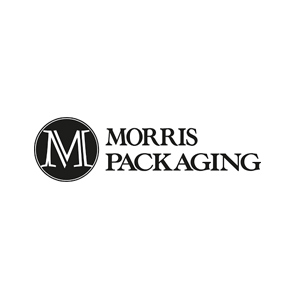\\\\\\\\\\ Top Sustainable Packaging Firms \\\\\\\\\
-
Morris Packaging
Morris Packaging is an MBE manufacturer of flexible and sustainable packaging solutions for the pet food and human food industries. It combines custom engineering, eco-friendly materials and supply chain optimization to create efficient, high-performance packaging that seamlessly integrates into existing production processes.
-
Axium Packaging Inc
Axium Packaging specializes in designing and manufacturing plastic packaging solutions, including bottles, jars, caps and closures, for industries such as personal care, food and beverage, healthcare and household chemicals. Their capabilities encompass extrusion blow molding, injection molding, and sustainable packaging initiatives.
-
Box-Board Products, Inc
Box-Board Products is a world-class provider of packaging solutions, offering over 150 stock boxes available for next-day shipment. Their expert team develops custom packaging plans, designing unique solutions tailored to client needs and processes orders using state-of-the-art manufacturing equipment. They maintain their own fleet of tractors and trailers to ensure timely deliveries.
-
EFP, LLC
EFP, LLC provides protective and consumer packaging, cold chain solutions and supply chain services. They offer various materials for packaging design, ensuring product protection and efficient distribution. Their Temperature Solutions Group delivers consultation, design and a full cold-chain packaging line from concept to completion.
-
ROICOM USA
ROICOM USA specializes in manufacturing custom corrugated packaging solutions, including shipping boxes, product boxes, displays, die-cuts and corrugated trays. They offer value-added services such as kitting and assembly, warehousing and vendor-managed inventory, ensuring high-quality, sustainable packaging tailored to business needs.
-
Seaboard Folding Box Company, Inc
Seaboard Folding Box is a full-service provider of custom structural packaging, offering high-quality printed folding cartons with fast turnaround times. Their capabilities include design, pre-press, printing up to 8 colors, foil stamping, embossing, die-cutting, finishing and inventory management. They provide responsive customer service and comprehensive packaging solutions.















